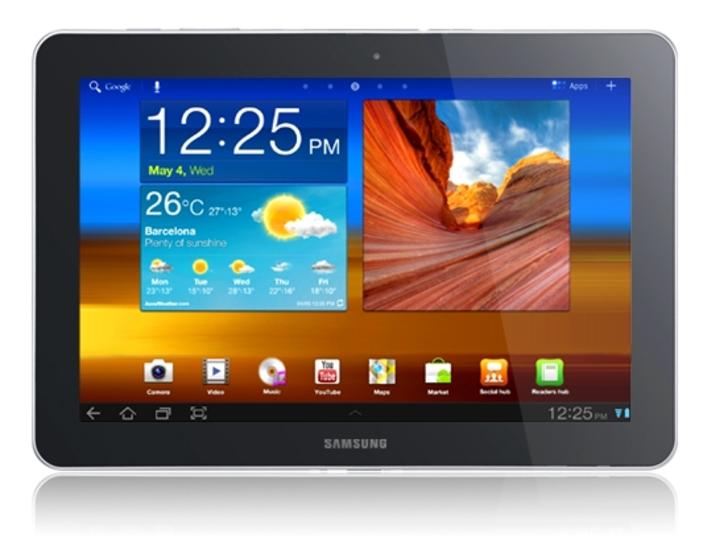Clean Energy Is Here. Bringing It to EVs Is Not Yet.

Grid Congestion Limits Electric Vehicle Climate Gains
Advanced modeling reveals that the U.S. power grid is the greatest barrier to clean EV charging.
Key Findings
- A study in Nature Communications shows that even with ample renewable wind and solar, electric vehicle charging would still depend on local fossil‑fuel plants.
- Transmission bottlenecks would push 80 % of EVs to use coal‑ or gas‑generated electricity from nearby stations.
- Targeted upgrades of only 3–13 % of existing transmission lines could cut congestion and bring renewable power to high‑demand charging zones.
Why the Grid Matters
Chief scientist Adilson Motter explains that the power lines are the real constraint: “The availability of clean energy is high, but the ability to deliver it from generation sites to EV stations is limited.”
When the grid is saturated, the system draws from the nearest—but more polluting—plants, greatly reducing the emissions benefits of electrification.
Proposed Solution
Researchers recommend focused transmission upgrades rather than a full grid overhaul:
- Build high‑voltage lines from remote wind and solar farms to city centers.
- Expand existing corridors where congestion is highest.
- Improve interregional coordination among the Eastern, Western, and Texas sections of the American grid.
These modest changes would enable clean renewable electricity to reach the locations where EV charging demand is greatest, unlocking the full climate benefits of vehicle electrification.
Implications for Climate Policy
Without upgrades, the transition to electric vehicles could still increase overall greenhouse gas emissions by forcing reliance on local fossil‑fuel plants. Targeted transmission improvements are essential to achieve a truly low‑emission transportation future.




